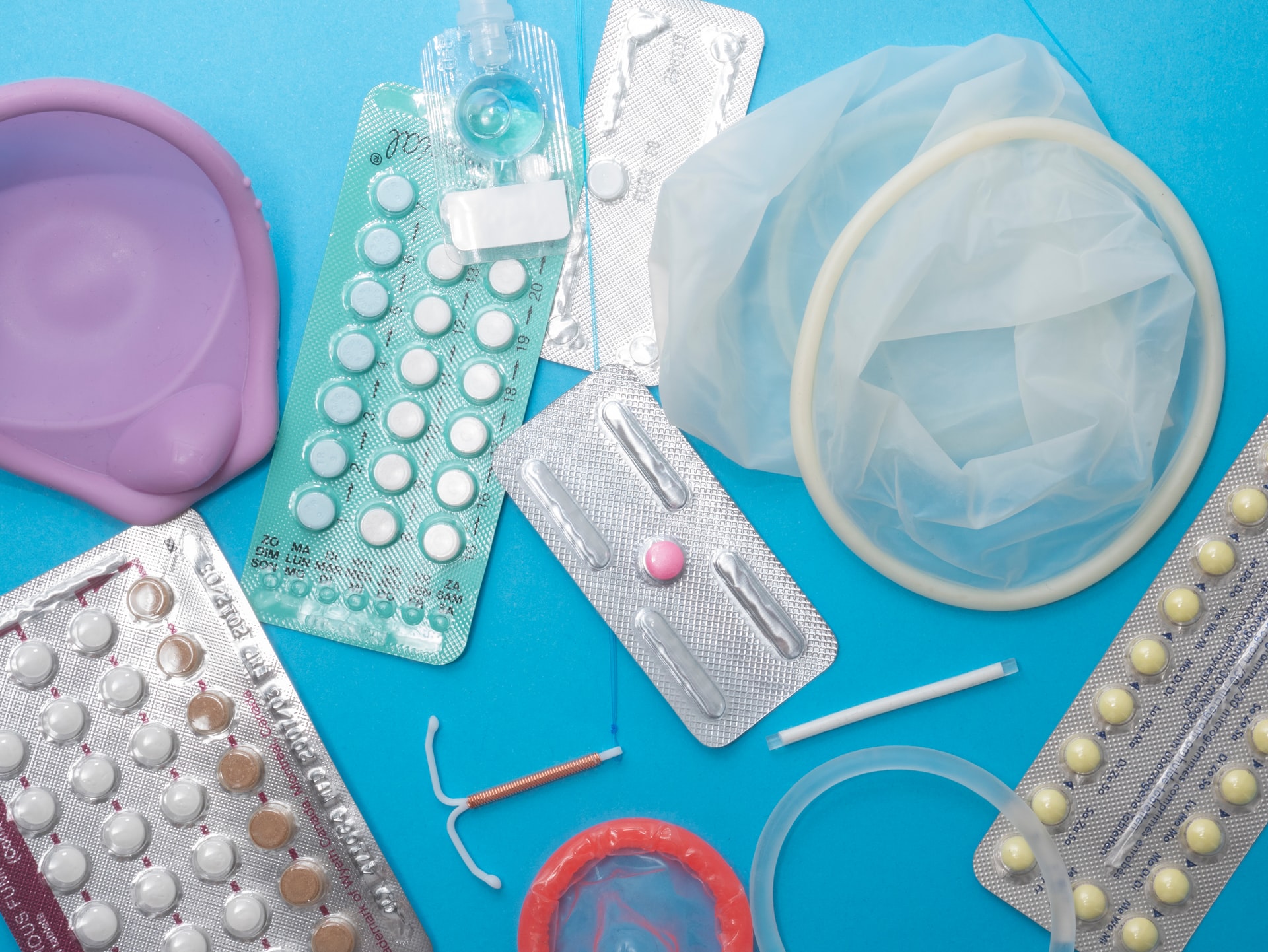This June marked 40 years since the first cases of what is now known as HIV, then AIDS, were reported by CDC. We have made great progress in HIV testing, prevention, and treatment in the last four decades. Reductions in the number of people that get HIV likely reflect more access to HIV prevention tools including testing, antiretroviral therapy, and pre-exposure prophylaxis (PrEP)[1].
In 2019, the US government announced a bold initiative called Ending the HIV Epidemic in the U.S. (EHE). This initiative requires reaching the populations most at risk for HIV and ensuring equal access to health care services. Meeting these goals will require hard work. It will mean challenging and changing systems that divide people based on their identity or HIV status. It also will require looking closely at differences in socioeconomic status, education, neighborhoods, employment, access to health care services, race, and sex.
Disparities in HIV impact all people, but men continue to bear the burden of HIV. In 2018, men accounted for 81% of all new HIV diagnoses in the United States[2]. Among men, HIV is diagnosed at higher rates in gay, bisexual, and other men who have sex with men (MSM), with 86% of all new HIV diagnoses attributed to this group2. Furthermore, Black men are most likely to be diagnosed with HIV, followed by Hispanic/Latino men.
There are many factors that play a role in these stark disparities. It is critical that we work together to address these HIV disparities in the United States.
Here are four things you can do today that can make a big impact for the future.
- Know your HIV status. Nearly 1 in 7 men with HIV are unaware they have HIV2. CDC recommends that everyone ages 13-64 get tested for HIV at least once. Knowing your HIV status helps you choose options to stay healthy. There are many options for HIV testing.
- Find a testing location near you using CDC’s service finder.
- You can also do an HIV self-test. CDC has an online program offering free rapid HIV self-test kits. The online ordering portal allows you to order up to two free kits every 90 days. CDC’s website has more information and resources on self-testing.
- Learn about HIV prevention and treatment. Today there are more options than ever to prevent HIV. These include using condoms and medicines like PrEP to protect yourself and your partners. If you have HIV, it’s important to make choices that keep you healthy and protect others. CDC’s Let’s Stop HIV Together campaign features stories of how people with HIV have overcome barriers to get into care and stay on HIV treatment so they can live longer, healthier lives.
- Reduce HIV stigma. Everyone has a role to play in stopping HIV stigma. Let’s Stop HIV Together has tips on how to stop stigma and give people with HIV a voice, as well as their friends and family. Use the Stop HIV Stigma pledge cards to commit to helping create and sustain communities that promote awareness, understanding, and acceptance of people with HIV.
- Talk about HIV in your communities—online and off—to help normalize conversations about HIV. HIV awareness days are powerful focal points to rally around and make a difference. You can share information and resources in conversations with colleagues, friends, family and on social media. CDC offers awareness day resources for you to use.
Stay connected with CDC’s Let’s Stop HIV Together campaign on Facebook, Instagram, and Twitter to learn more and receive the most current information on HIV.
[1] Source: CDC. Estimated HIV incidence and prevalence in the United States, 2015-2019. HIV Surveillance Supplemental Report 2021;26(1).
[2] Source: CDC. Diagnoses of HIV Infection in the United States and Dependent Areas, 2018. HIV Surveillance Report, 2018 (Updated); vol.31.
Photo by Reproductive Health Supplies Coalition on Unsplash




